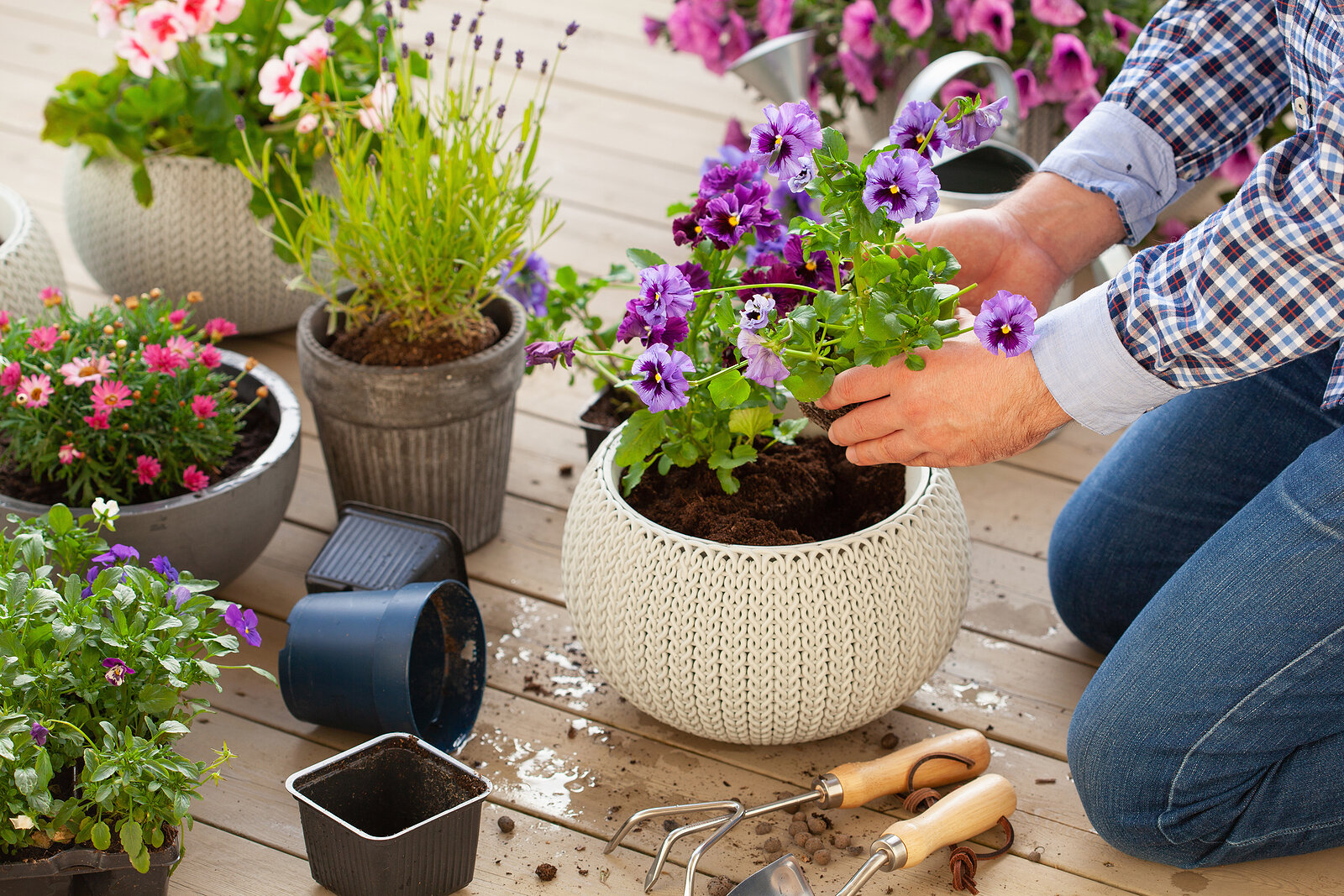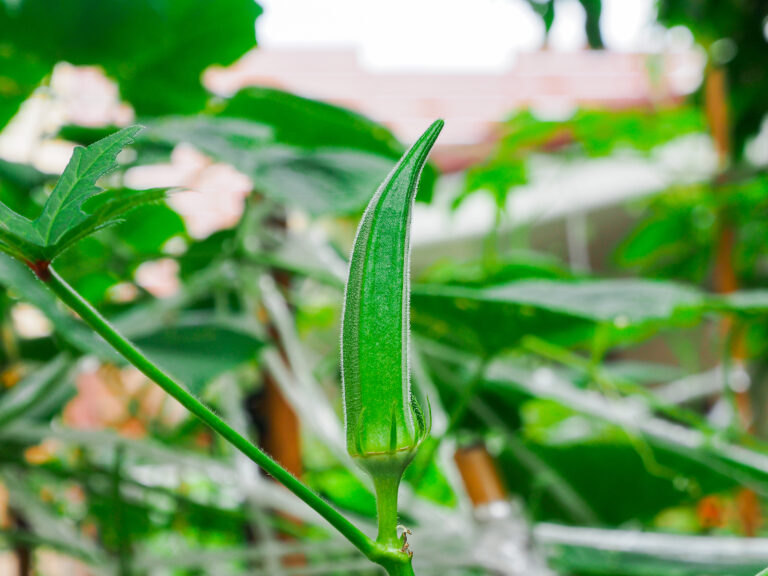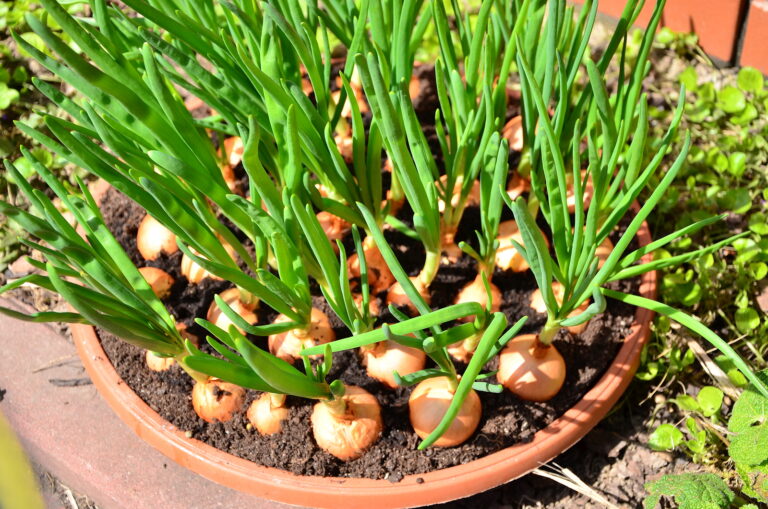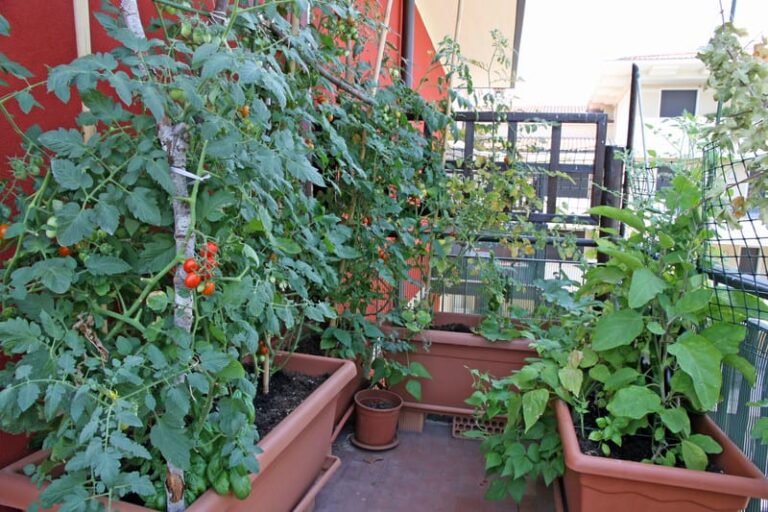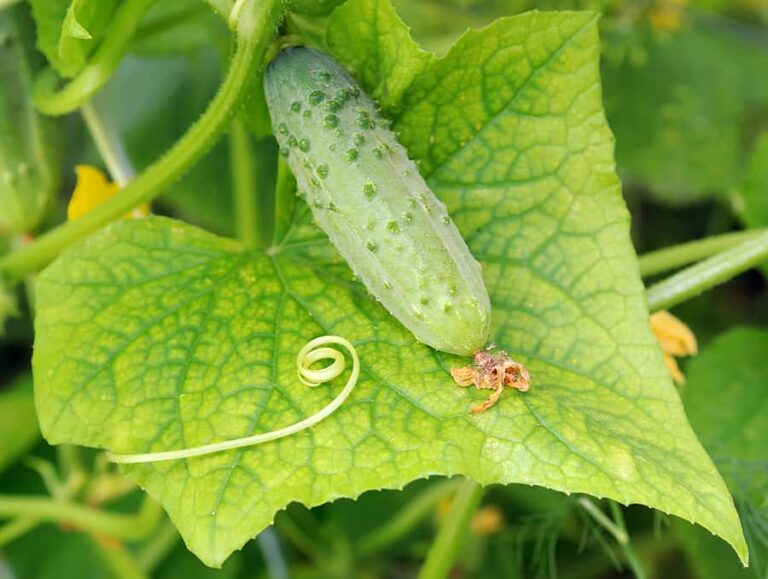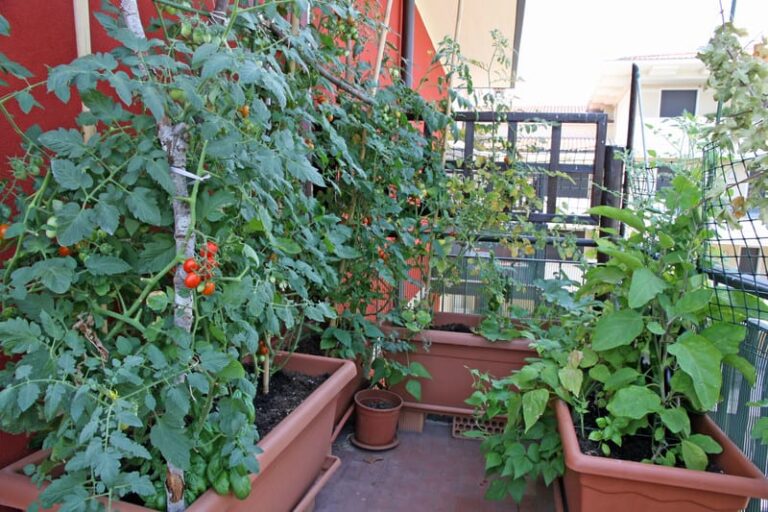Choosing Plants for Containers
Almost any plant can grow in a container, but some plants grow better than others.
Annual flowers are a good choice for container growing. They bloom quickly and for months at a time. Annuals are smaller than most perennials and shrubs; they require smaller containers that are easily moved from place to place for the best effect. Annuals are seasonal, so cool-weather annuals planted in spring must be replaced with warm-weather annuals by early summer.
Perennial flowering plants and small shrubs are a good choice for containers where larger plants are needed. Perennials and shrubs commonly stay in the garden year-round; in containers, perennials and shrubs will be in place for two or more years.
Best plant choices for containers
- A good container plant should have the following characteristics:
- Foliage is attractive.
- Blooms that last a long time, at least several weeks.
- Roots that do not mind being crowded.
- A form that complements other plants in the container and the container itself. Consider a plant’s size at maturity, height, and breadth. Is it upright or trailing?
- Moderate drought tolerance. It should be able to survive a missed watering.

Choose healthy plants
- Healthy, robust plants are key to successful container gardening. When choosing plants for a container, look for the following:
- Look for healthy roots. Tip the plant out of its pot and check to be sure it is not rootbound. Look for white and cream-colored roots; roots that are brown or dry indicate the plant is rootbound. Roots that form a tight mesh are pot bound and will take longer to establish in their new container.
- Look for signs of insects or grubs. Check the undersides of leaves. Avoid plants that have speckled leaves or leaves with holes; these are signs of insect feeding. Avoid plants with yellowed or mottled leaves; these plants could be diseased.
- Choose a small healthy-looking plant over a larger plant that is weak or leggy looking. Weak and leggy plants may have been growing in low light; these plants will be prone to fungal disease.

Solo plants or plant combinations
- A single plant in a container can have a strong effect as long as it is full and healthy. A solo plant should be to scale for its location and for its container.
- When combining plants in a container, follow this formula: plant at least three different plants, one tall and spiky, one low and trailing, and one medium-height as filler. Follow this formula as you add additional plants to the original three.
- Follow a color scheme. Consider how plants will complement one another when they are in bloom. Look at a color wheel. Colors adjacent to one another are complementary; choose plants with blooms that are complementary. Colors directly opposite one another on the color wheel are also good choices; they contrast each other, helping the other to stand out.
- Consider foliage color when choosing plants; there are different shades of green. Some leaves have shiny surfaces, some have hairy and mute surfaces. Consider leaf size, shape, and texture as well.
- Combine plants with the same growing needs. Plant full-sun plants with other full-sun plants, shade plants with shade plants, drought-tolerant plants with others that are drought-tolerant, plants that want wetness with others that prefer moist soil.
Tall, spiky flowers for containers
| Common Name | Botanical Name |
| Bells of Ireland | Moluccella laevis |
| Celosia | Celosia spp. |
| Canna | Canna hybrids |
| Delphinium | Delphinium elatum |
| Flax, New Zealand | Phormium spp. |
| Flowering tobacco | Nicotiana spp. |
| Salvia, annual blue | Salvia farinacea |
| Snapdragon | Antirrhinum majus |
| Spider flower | Cleome hassleriana |
Medium height flowers for containers
| Common Name | Botanical Name |
| Ageratum | Ageratum houstonianum |
| Begonia, various | Begonia spp. |
| Dusty miller | Senecio cineraria |
| Flowering cabbage, kale | Brassica oleracea |
| Geranium, upright types | Pelargonium spp. |
| Globe amaranth | Gomphrena globosa |
| Grasses | Various |
| Heliotrope | Heliotropium arborescens |
| Impatiens | Impatiens spp. |
| Marigold | Tagetes spp. |
| Pansy | Viola spp. |
| Tuberous begonia | Begonia x tuberhybrida |
| Vinca, annual | Catharanthus roseus |
| Wishbone, flower | Torenia fournieri |
| Zinnia | Zinnia spp. |
Low, trailing flowers for containers
| Common Name | Botanical Name |
| Dahlberg, daisy | Thymophylla tenuiloba |
| Edging lobelia | Lobelia erinus |
| Fan flower | Scaveola aemula |
| Fuchsia | Fuchsia spp. |
| Geranium, ivy type | Pelargonium spp. |
| Ivy | Various |
| Lantana | Lantana camara |
| Licorice plant | Helichrysum petiolare |
| Nasturtium | Trapaeolum majus |
| Petunia | Petunia spp. |
| Swan River daisy | Brachycome iberidifolia |
| Sweet alyssum | Lobularia maritima |
| Sweet pea | Lathyrus odoratus |
| Sweet potato vine | Ipomea batatas |
| Verbena, trailing forms | Verbena spp. |
Drought-tolerant plants for containers
| Common Name | Botanical Name |
| Agapanthus | Agapanthus spp. |
| Artemisia | Artemisia spp. |
| Cactus | Various |
| Dusty miller | Senecio cineraria |
| Geranium, annual | Pelargonium spp. |
| Flax, New Zealand | Phormium spp. |
| Hens and chicks | Sempervivum spp. |
| Kalanchoe | Kalanchoe |
| Lantana | Lantana spp. |
| Licorice plant | Helichrysum petiolare |
| Moss rose | Portulaca spp. |
| Salvia, annual blue | Salvia farinacea |
| Sedum, various | Sedum spp. |
| Thyme | Thymus spp. |
| Verbena | Verbena spp. |
| Yucca | Yucca filamentosa |
Also of interest:

